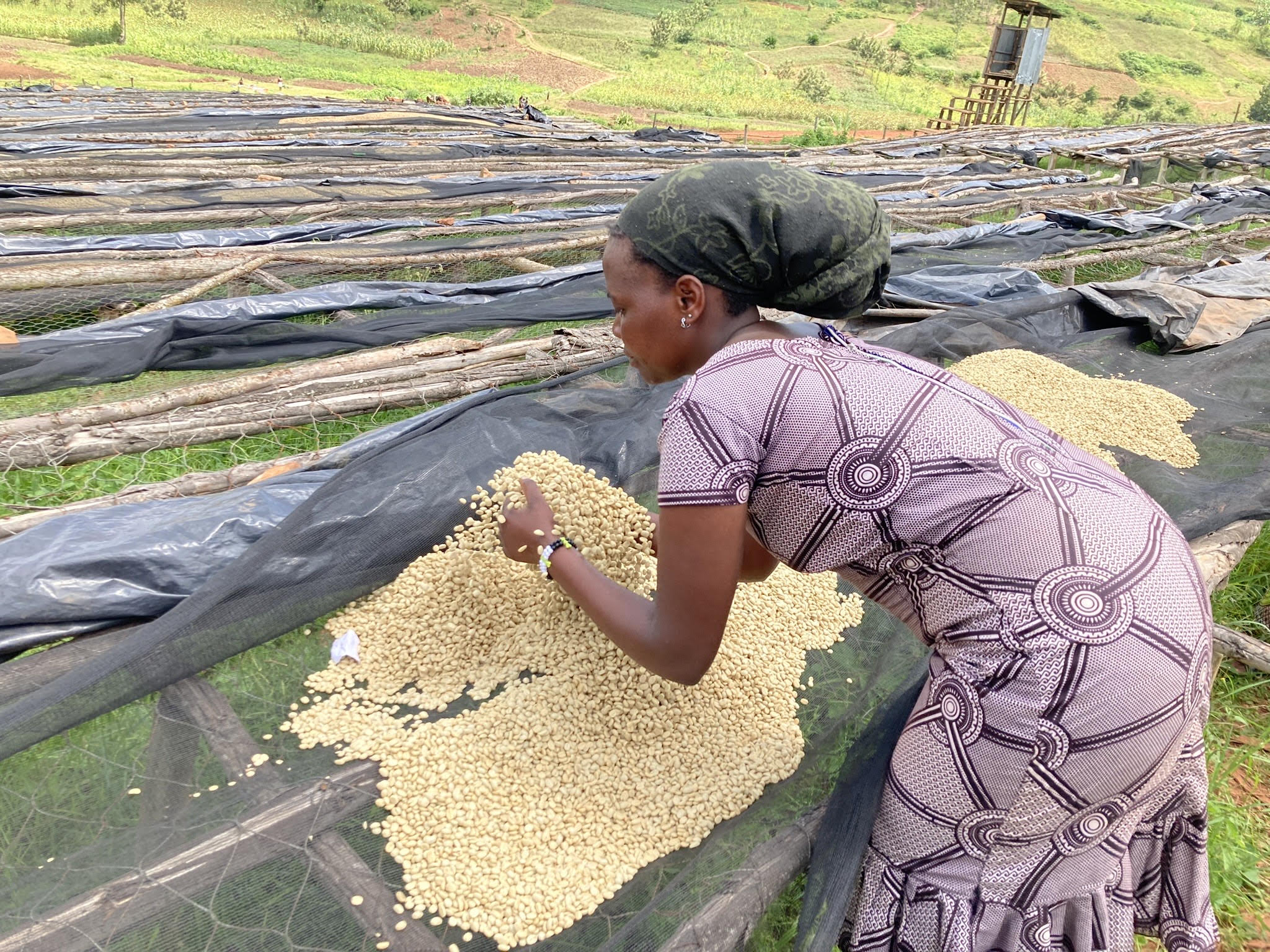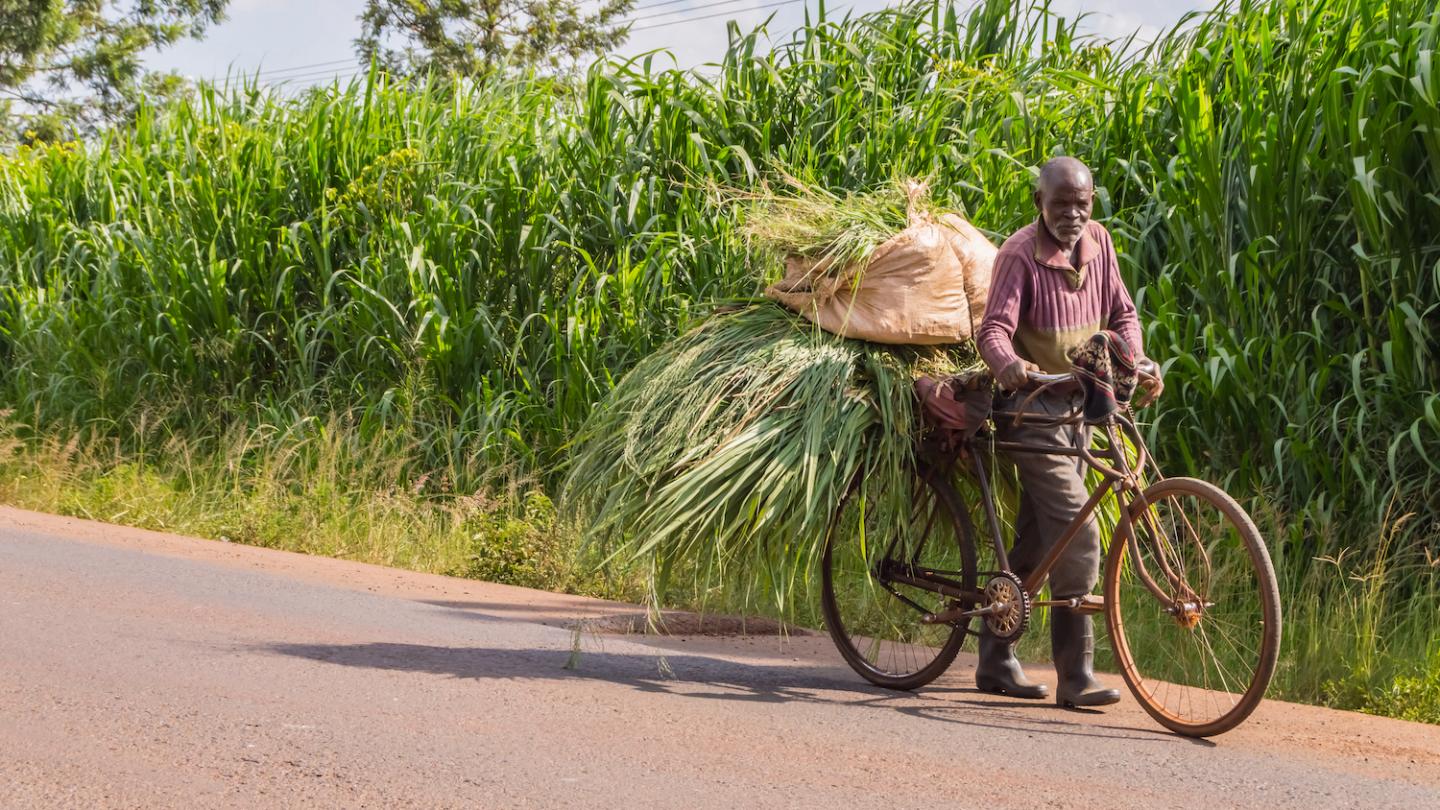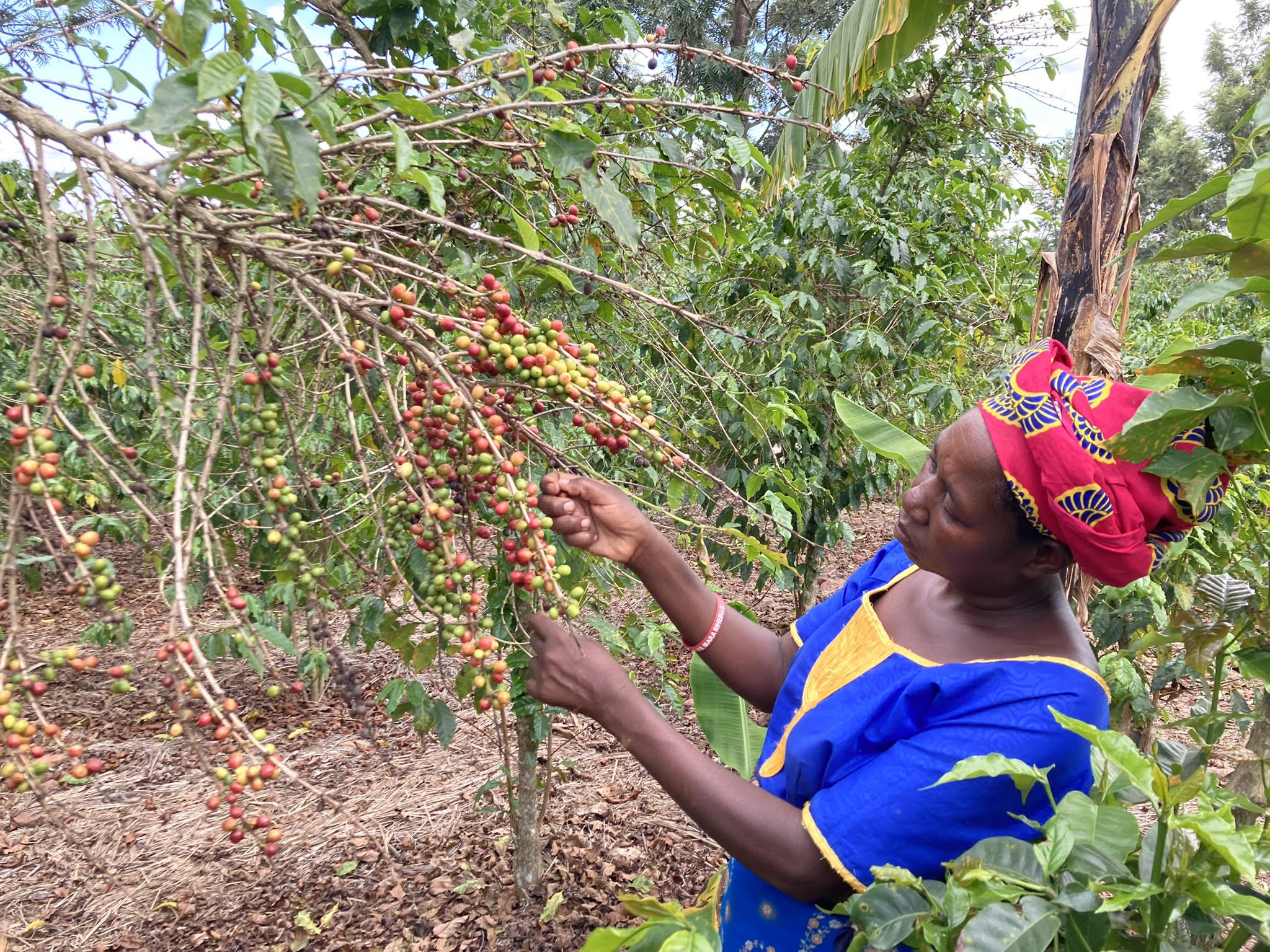Deniz Sanin on how women’s economic empowerment reduces intimate partner violence

EGC Spotlight: Deniz Sanin

The benefits of female labor force participation are well known. Expanding women’s access to formal jobs can decrease gender inequality, transform supply chains and labor markets, and give women financial control over their lives. But new research by Deniz Sanin, a Visiting Scholar at the Economic Growth Center (EGC), has confirmed another positive benefit: women’s paid employment can reduce intimate partner violence.
Focusing on Rwanda’s rapid expansion of coffee production in the 2000s, Sanin used advanced econometric methods to analyze the universe of hospital records on intimate partner violence as well as self-reports. Given the challenges of directly studying domestic violence, her research is thus doubly impressive – shedding new light on an overlooked benefit of women’s economic empowerment while also highlighting the power of research to generate insights from existing data.
A seed of inspiration
Sanin, most recently an assistant professor of economics at the University of South Carolina, has long been interested in how economic factors shape the lives of women. As an undergraduate economics student at Sabanci University – located in Istanbul in Sanin’s native Turkey – she remembers an assignment about the links between education and wages. While it seemed straightforward, Sanin found herself asking questions that went beyond the limits of the assignment. How did gender discrimination affect women’s education access, for example, or what can government do to help women’s wages catch up with men’s?

In the years since, Sanin developed a passion for exploring questions at the intersection of economics, policy, and gender using rigorous econometric methods. While pursuing her PhD in economics at Georgetown University, she began a series of research projects that explored topics in labor and development economics through the lens of gender, including intimate partner violence. During the last year of her PhD, she continued her studies at the intersection of economics and gender as a research fellow at the Harvard Kennedy School’s Women and Public Policy Program.
While the harmful effects of intimate partner violence are obvious, Sanin noted that there was limited rigorous evidence on whether increased job availability for women reduced it. The domestic violence literature instead focuses on the effects of cash-transfers, unemployment, gender wage gaps, education, and dowry payments.1 Moreover, the existing evidence was very mixed. The findings on cash transfers, for example, suggest that increasing women’s financial resources may actually increase as well as decrease intimate partner violence – due to husbands’ incentives to extract those resources or male backlash.2
Lauren Falcao Bergquist explores causes and effects of collusion in East African agricultural markets
The new EGC affiliate combines economic models and field experiments to better understand how to improve markets for food for both buyers and sellers.
 Philou1000, Shutterstock
Philou1000, Shutterstock
Of course, these gaps in the literature can be partly explained by the difficulties associated with directly studying a sensitive topic like domestic violence. Given these challenges, Sanin knew that a natural experiment – a type of study in which researchers observe and analyze the effects of variables that occur naturally – would be appropriate for studying the links between female employment and intimate partner violence.
The only question, then, was where to find an appropriate context with existing data. The answer dawned on Sanin while standing in line at the Starbucks on campus in Georgetown: looking up from her phone, she spotted a bag of Rwandan coffee beans. She didn’t realize it immediately, but tracking the path that those beans traveled from Rwanda to Washington, DC would provide her with an ideal natural experiment – and with new insights about what drives domestic violence.
The research process: harvesting, roasting, brewing
In the 2000s, the Rwandan government enacted policies to rapidly increase coffee production and enter the international market, including the establishment of large coffee mills throughout its coffee-producing regions. Traditionally, Rwandan women harvested and processed coffee beans on small family farms without pay, for their husbands to sell in the market. The new mills, by contrast, enabled women to become wage workers, earning incomes to perform the same tasks.
The development of Rwanda’s coffee sector offers researchers an ideal opportunity for natural experiments, due to both the speed of the government’s changes as well as the geographic patterns that resulted – with many small-scale farmers having mills established in their area but many others who did not. While some economists had already studied it, Sanin noticed that they did not focus on an important factor: most of the coffee mills’ employees were women since coffee processing tasks that cannot be done by the machinery in the mill require fine motor skills and are thus female-dominated. She decided to conduct her own analysis, making gender – and intimate partner violence – the central focus of her study.
In a working paper, Sanin used econometric methods to evaluate the Rwandan data on coffee production as well as nationwide health surveys and novel administrative data from all Rwandan hospitals, which track hospitalizations due to domestic violence. In the first round of her analysis, she found causal evidence that the establishment of coffee mills led to increases in women’s paid employment, increases in women’s earnings (as well as men’s), and decreases in intimate partner violence. For Sanin, these initial results were already quite moving.
“One cup of coffee has a story that’s traced thousands of miles away,” she said. “A woman in Rwanda is earning a wage for processing the coffee beans that we drink here in the United States. Something seemingly mundane, coffee, is driven by agricultural labor markets, which can have significant effects on many peoples’ lives.””

But for her second round of analysis, Sanin sought to untangle these causal relationships. Was the economic empowerment of female coffee farmers the primary driver of the decline in intimate partner violence, or did other factors play a role – like the increase in men’s earnings, or something else altogether? Utilizing an approach called “difference in differences,” Sanin generated rigorous evidence suggesting that the decline in violence was indeed driven by women’s paid employment. Her analysis considered a range of other potential drivers, including factors like “exposure reduction” in couples (i.e., wives employed at coffee mills spending more time away from their husbands), but determined that they were less relevant than the women’s wages.
The effects Sanin observed were quite large in magnitude. She found that women living near coffee mills were 18% more likely to be wage earners and 26% less likely to self-report intimate partner violence, compared to women who lived in other areas. In addition, hospitals near coffee mills were 20% less likely to receive patients for intimate partner violence during harvest months (when female employees were required to be on site), compared to one month before the harvest season. These findings were highly encouraging – and marked a departure from the prevailing literature on domestic violence.
“The existing rhetoric around domestic violence and economic empowerment is slightly pessimistic,” said Sanin. “But this paper shows that there is hope. Economic empowerment can make a difference.”
Future work
At EGC, Sanin aims to deepen her knowledge on the role of gender in labor markets and development economics. She is also taking advantage of the Yale community to work with colleagues and strengthen her analyses.
“Visiting EGC has been an excellent opportunity for me,” she said. “I’ve received feedback on my research from a diverse set of perspectives, had discussions that enhanced every aspect of my work, and attended forums that helped me come up with exciting ideas for new projects.”
Sanin emphasized that in her future work, she will continue to dig deep into what, for many, often blends into the background. After all, as she has learned firsthand, inspiration and insight can strike anywhere – even while in line at a Starbucks.
Written by Eda Aker
The cover photo shows a coffee mill in Rwanda, with drying beds for the mill-washed (processed) coffee beans to dry under the sun. Photo courtesy Deniz Sanin.
1 See: Anderberg et al. 2016, Bhalotra et al. 2019, Erten and Keskin 2021a, Erten and Keskin 2021b, Tur-Prats 2021, Erten and Keskin 2018, Aizer 2010, Bloch and Rao 2002, Calvi and Keskar 2021, Bhalotra et al. 2022
2 See also: Angelucci 2008, Bobonis et al. 2013, Hidrobo et al. 2016, Buller et al. 2018, Haushofer et al. 2019, Angelucci and Heath 2020